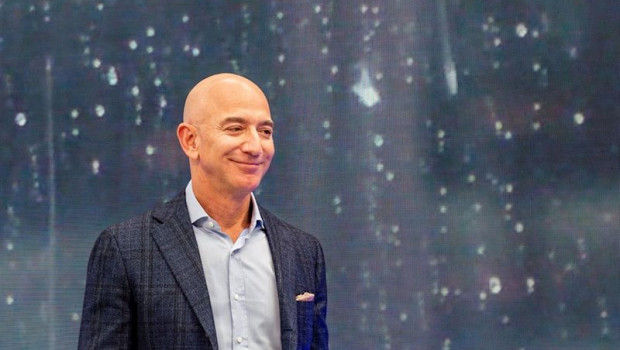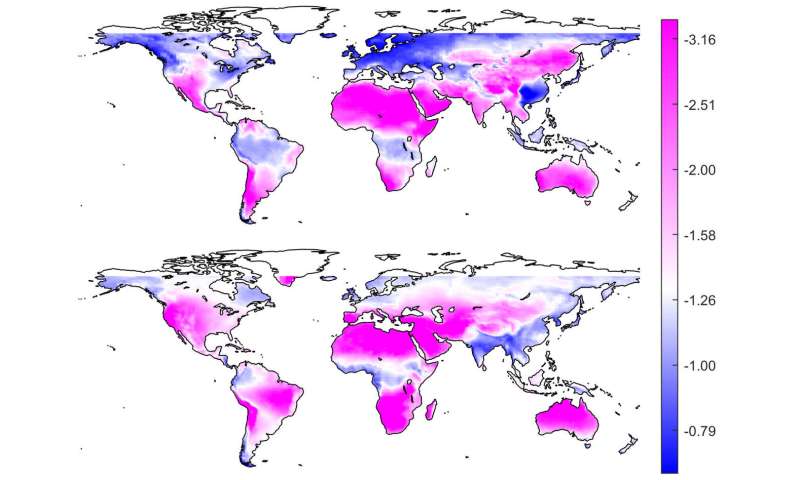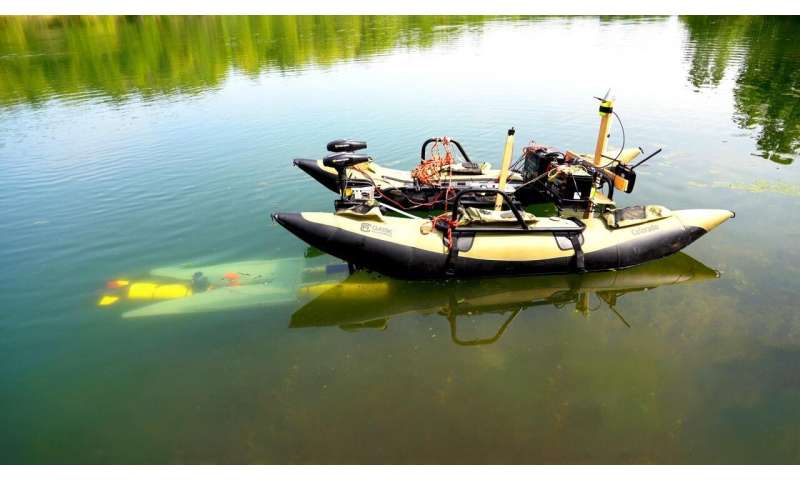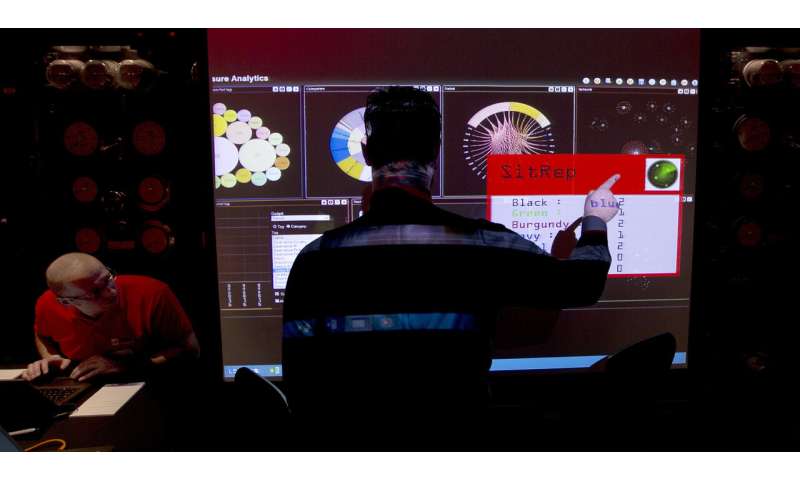
A view of the wreckage after Armenian army's alleged attacks with long-range missiles, in Azerbaijan on 5 October 2020 [Resul Rehimov/Anadolu Agency]
October 6, 2020
Canada has suspended arms export permits to Turkey over concerns that it is using its technology in the conflict between Armenia and Azerbaijan over the disputed Nagorno-Karabakh region.
“In line with Canada’s robust export control regime and due to the ongoing hostilities,” announced Foreign Affairs Minister Francois-Philippe Champagne, “I have suspended the relevant export permits to Turkey, so as to allow time to further assess the situation.”
In line with 🇨🇦's robust export control regime and the ongoing investigation, I have suspended the relevant export permits to #Turkey.
🇨🇦 calls for measures to be taken immediately to stop the violence and protect civilians. pic.twitter.com/mCLmjWKq4G
— François-Philippe Champagne (FPC) 🇨🇦 (@FP_Champagne) October 5, 2020
According to CBC, Champagne was responding to calls by Armenian Canadians to halt the export of sophisticated drone technology to Turkey following reports that Ankara had deployed dozens of unmanned drones against Armenian forces.
The executive director of the Armenian National Committee of Canada (ANCC), Sevag Belian, urged the federal government to “immediately halt all Canadian military aid to Turkey” and also called on it to condemn Azerbaijan’s actions.
Footage released late last month by Azerbaijan claiming to show its own armed drones targeting Armenian air defence units has been questioned by arms experts who believe that it is actually footage of Turkish-produced drones equipped with Canadian sensors and laser targeting-systems.
Last week a report issued by Project Ploughshares, a Canada-based arms control group, suggested that the drones used by Azerbaijan had been equipped with imaging and targeting systems developed by L3Harris Wescam, a Canadian subsidiary of US defence firm L3Harris.

Armenia/Azerbaijan fighting rages – Cartoon [Sabaaneh/MiddleEastMonitor]
“Canada’s export of WESCAM sensors to Turkey poses a substantial risk of facilitating human suffering,” explained the group, “including violations of human rights and international humanitarian law.”
Turkey supports Azerbaijan but has denied Armenia’s accusations that it has sent fighters and deployed fighter jets in the conflict. It has responded to Canada’s move with claims that Ottawa is employing double standards.
“Turkey expects Canada to follow a policy free of double standards and to act without being influenced from those opposed to Turkey,” said the foreign ministry in Ankara. “There is no explanation for blocking defence equipment exports to a NATO ally while… Canada does not see any harm in exporting arms to countries that have military involvement in the crisis in Yemen.”




















